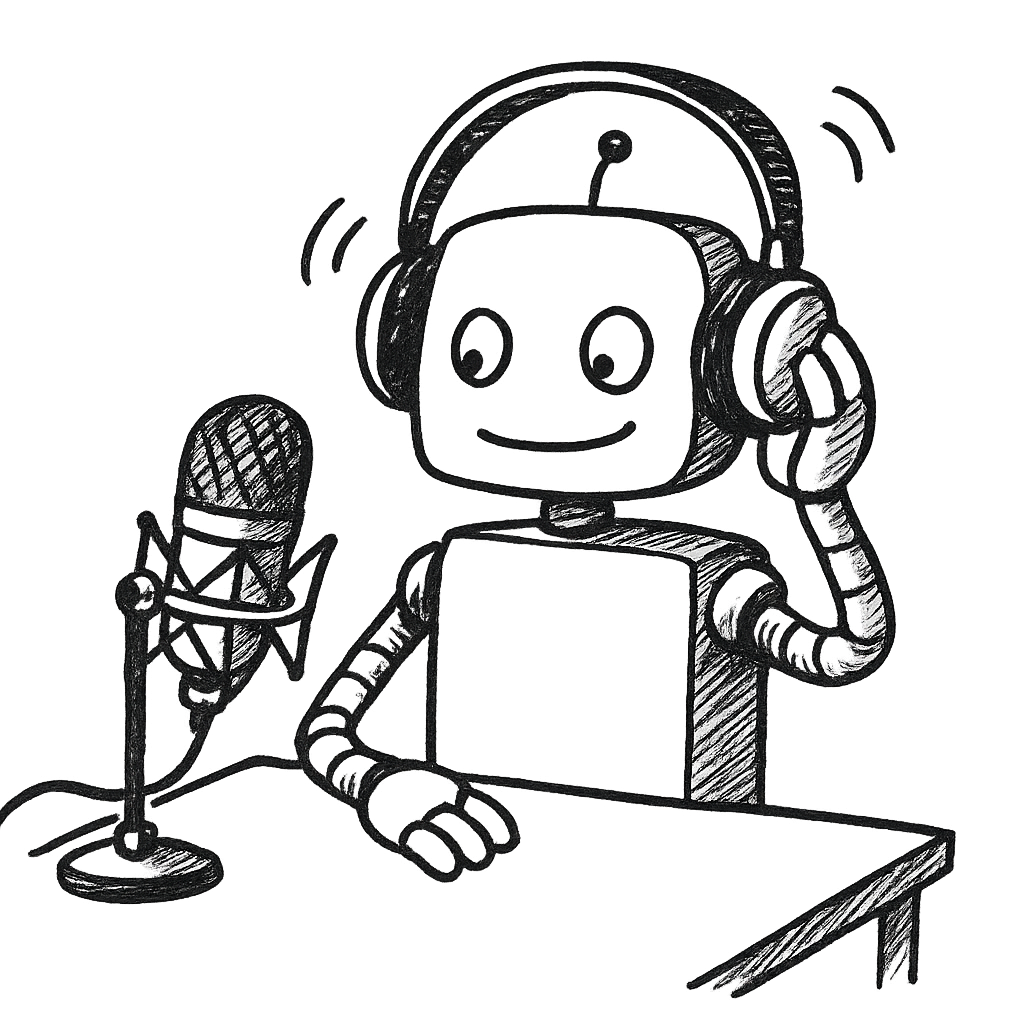Models! Get Your AI Models Here!
The Weekend Leverage, August 10th
My poor wife came home to Amazon boxes stacked to the ceiling. Straight from the factory in Shenzen, I have received two production grade lights, a Shure MV7 microphone, boom arms, a teleprompter, a Sony lens so delicate I’m afraid to sneeze within a yard of it, and enough cords to weave a blanket out of. All of which is to say, The Leverage Podcast is …




